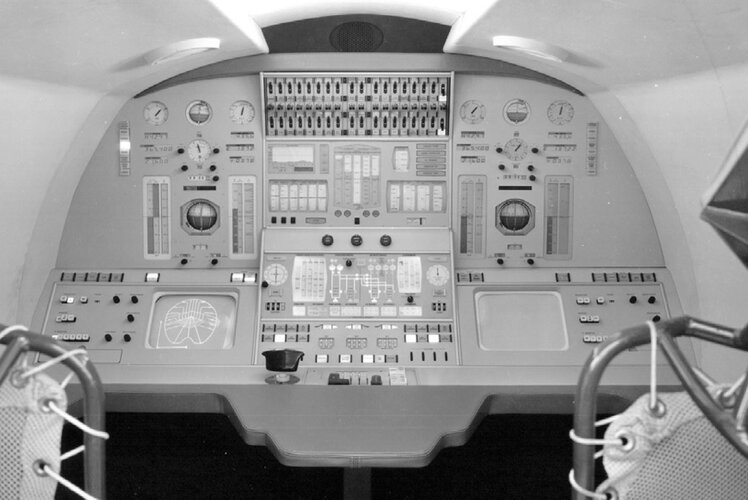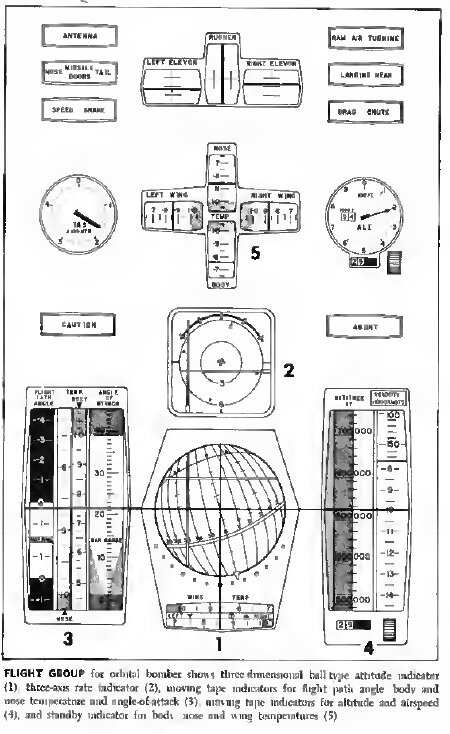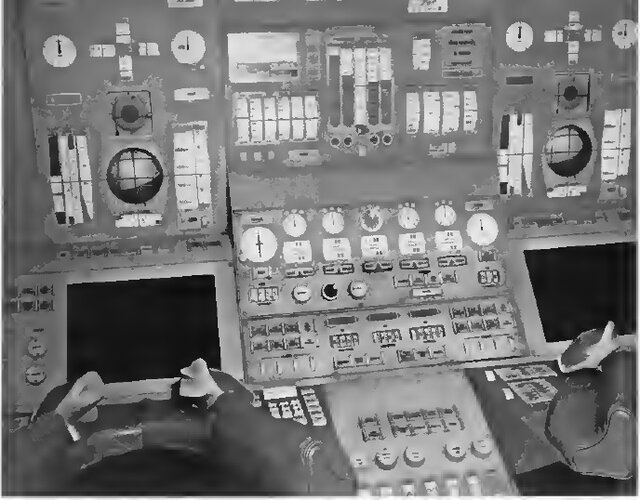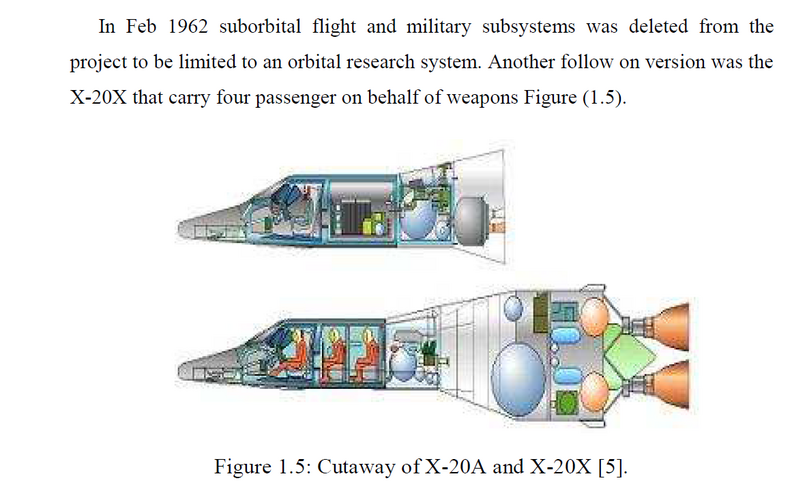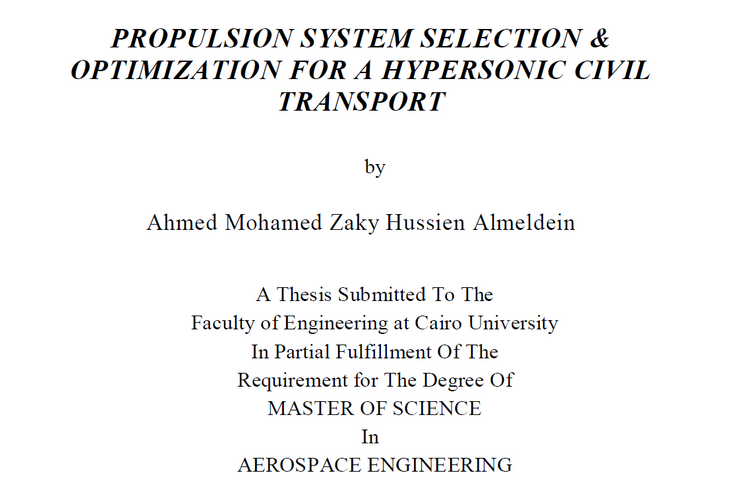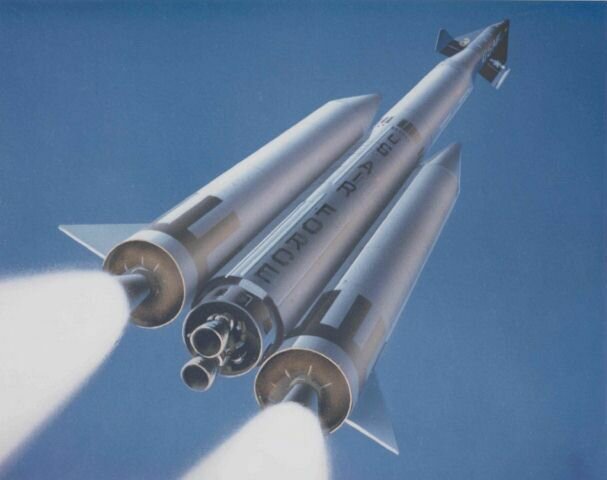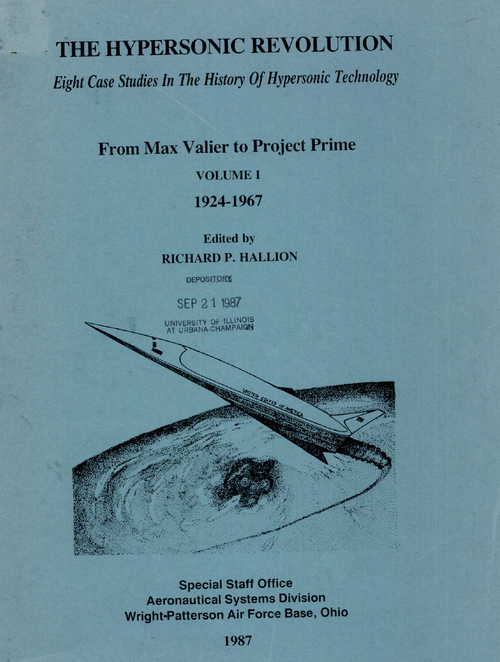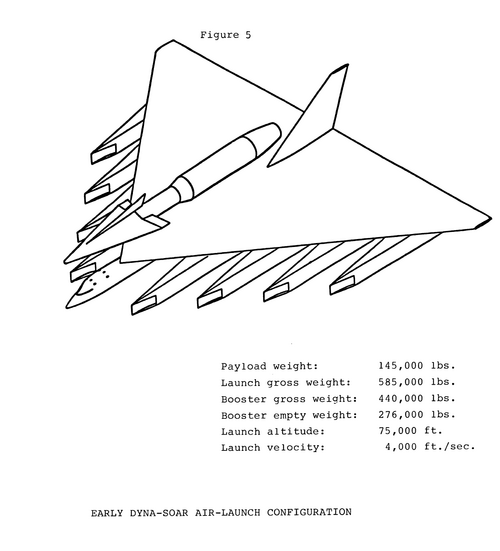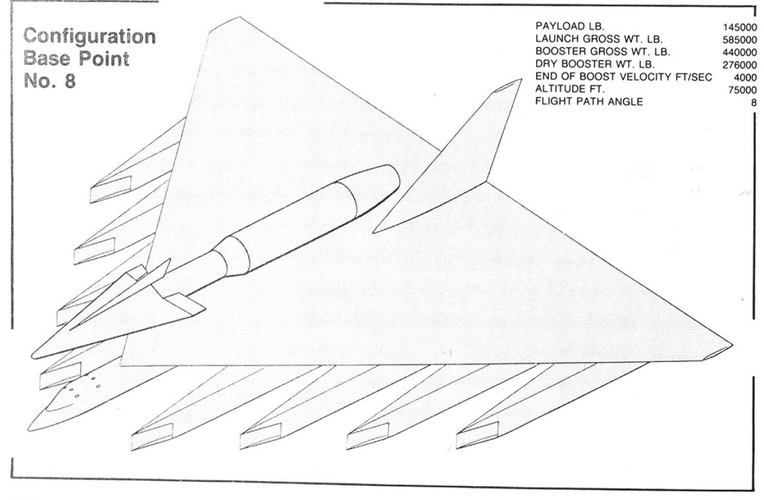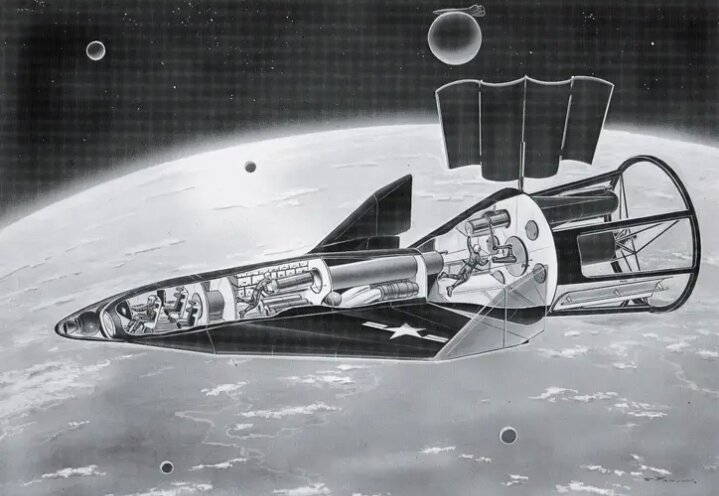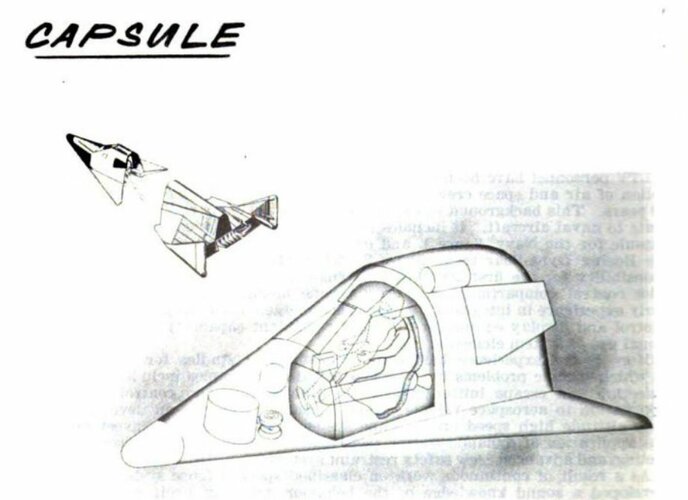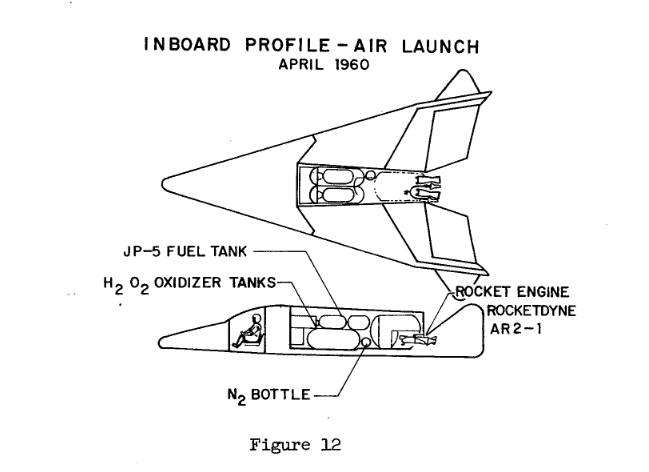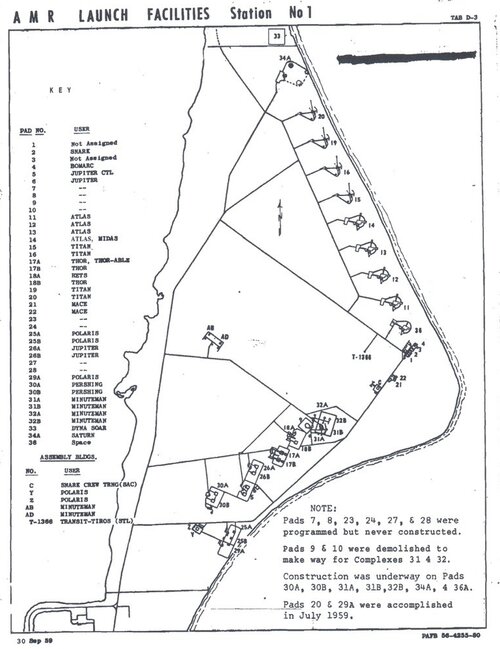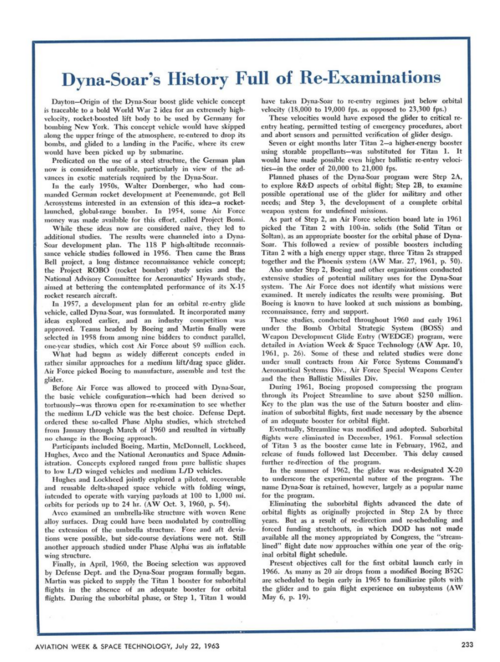LTV personnel have been actively associated with the development and application of air and space crew safety escape and rescue equipment for more than 20 years. This background of experience covers the early application of ejection seats to naval aircraft. It includes the pioneering development of a pilot escape capsule for the Navy, figure 1, and orientation of the initial escape capsule for the Boeing Dyna-Soar team, figure 2. This latter effort included complete responsibility for the first 200" of the Dyna-Soar glider including the integrated pilot control compartment and crew escape module. This program provided early experience in integrating normal and emergency life support and spacecraft control and display equipment to insure redundant capability by multiple functional use of system elements.

